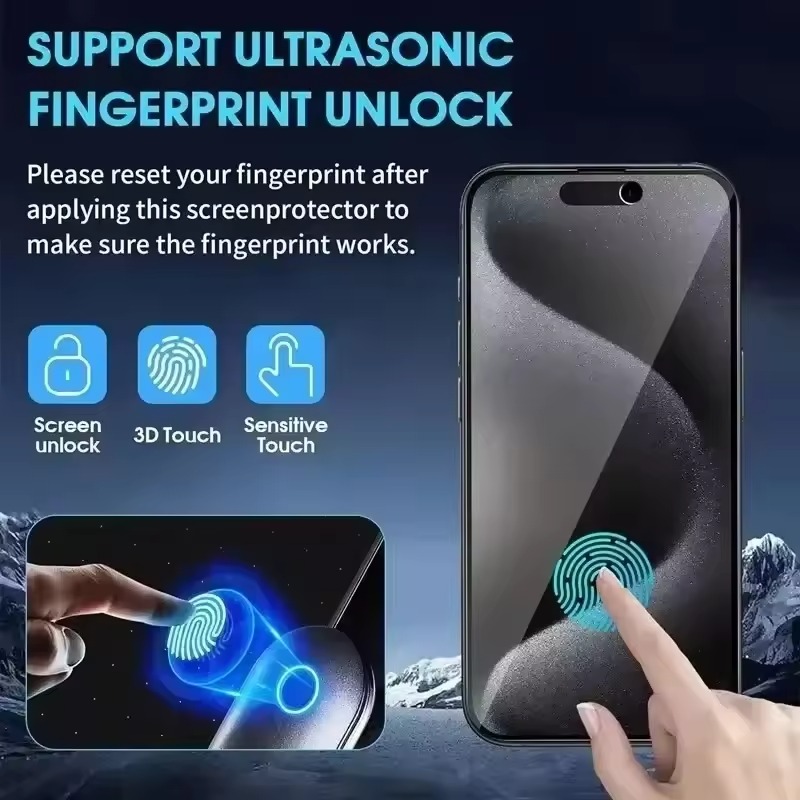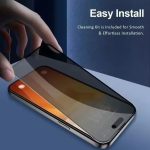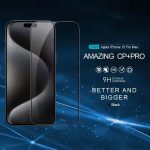Introduction to Screen Protector Bubbles
Have you ever spotted unattractive bubbles under your screen protector? Not only do they look bad, but they can also lower your screen’s protection. These pesky air pockets form between the screen and the protector, creating unsightly blemishes. In this guide, we aim to help you get air bubbles out of screen protector with ease. The process to remove them is straightforward and doesn’t always require professional help or brand-new equipment. We’ll walk you through why these bubbles appear and offer simple solutions to smooth out your screen for a pristine look. Be ready to say goodbye to those bubble woes and enjoy a clearer view of your device’s display.
Common Reasons for Bubble Formation
Several factors lead to the formation of bubbles under screen protectors. Understanding these causes can help in preventing and properly addressing them.
- Dust and Debris: Even small dust particles can prevent the screen protector from adhering smoothly to the screen. This issue often occurs if the screen or the protector is not cleaned thoroughly before application.
- Improper Application: Bubbles often form when the screen protector is not aligned properly on the first try. Misalignment forces parts of the protector to trap air when adjusted, creating bubbles.
- Oil and Fingerprints: Natural oils from your hands can transfer to the screen during the application. These oils can prevent the adhesive from creating a firm seal.
- External Pressure: Devices frequently face physical pressure from being pressed down too hard or accidental drops. This pressure can cause the protector to shift slightly and develop bubbles.
By addressing these common causes, you can significantly reduce the chance of bubble formation and maintain a clearer, more protective screen covering.
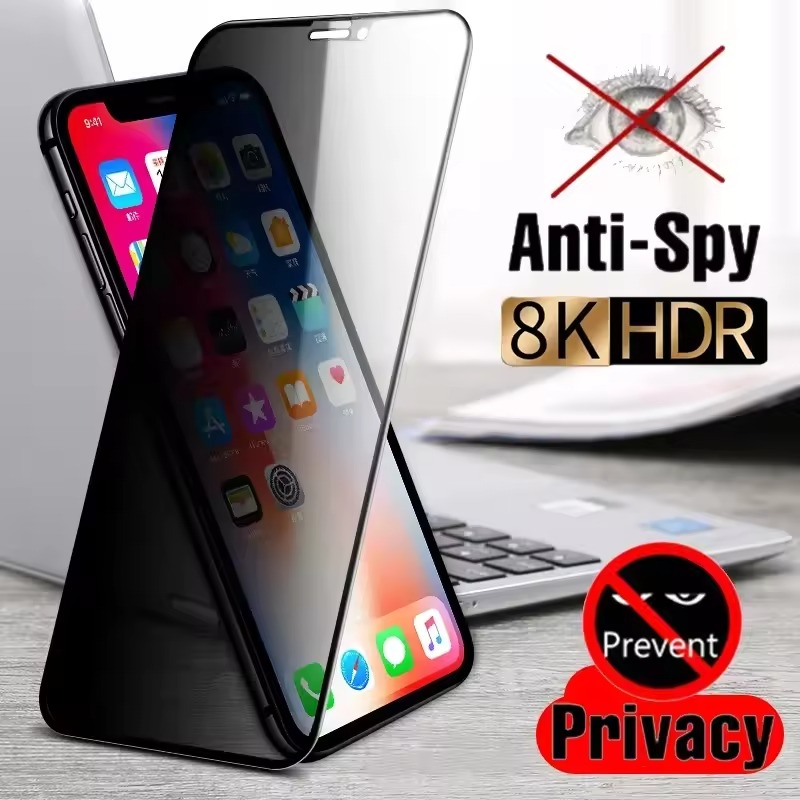
Step-by-Step Guide for Removing Bubbles
Discovering how to get air bubbles out of screen protector can be crucial for maintaining a clear view and proper protection for your device. Follow this simple guide to eliminate those pesky imperfections effectively.
Initial Cleaning and Preparation
The first step in bubble removal is preparing your workspace and device. Choose a dust-free space and gather needed items like a microfiber cloth and alcohol wipes.
- Turn off your device to ensure you see all the dust and bubbles clearly.
- Clean your hands to keep oils and dirt away from the screen.
- Wipe the screen with an alcohol pad, then dry with a microfiber cloth.
- Check for existing dust and remove it before applying the screen protector.
Preparation prevents new bubbles and allows for better adhesion of the screen protector.
Using the Card Method
If you spot a bubble, don’t panic. Use a plastic card for a quick fix:
- Start at the center and work towards the edges.
- Apply gentle pressure with the card to move air out.
- Ensure smooth, even strokes to avoid more bubbles forming.
This method is effective for most small and medium-sized bubbles.
Heat Application Technique
Applying gentle heat can assist with stubborn bubbles:
- Use a hairdryer on a low setting to warm the protector.
- Be careful not to overheat the screen or protector.
- Smooth over the bubble with a cloth as you apply heat.
The heat helps the adhesive to soften, which can release trapped air.
Correct Reapplication of Screen Protectors
When bubbles don’t budge, reapplication may be the solution:
- Lift an edge of the protector carefully to avoid damage.
- Peel back slowly, realign, and smooth it down.
- Remove new bubbles as you press the protector back onto the screen.
Remember to clean the screen again before reapplying to ensure no new dust has settled. Follow these steps carefully to achieve a smooth, bubble-free screen.
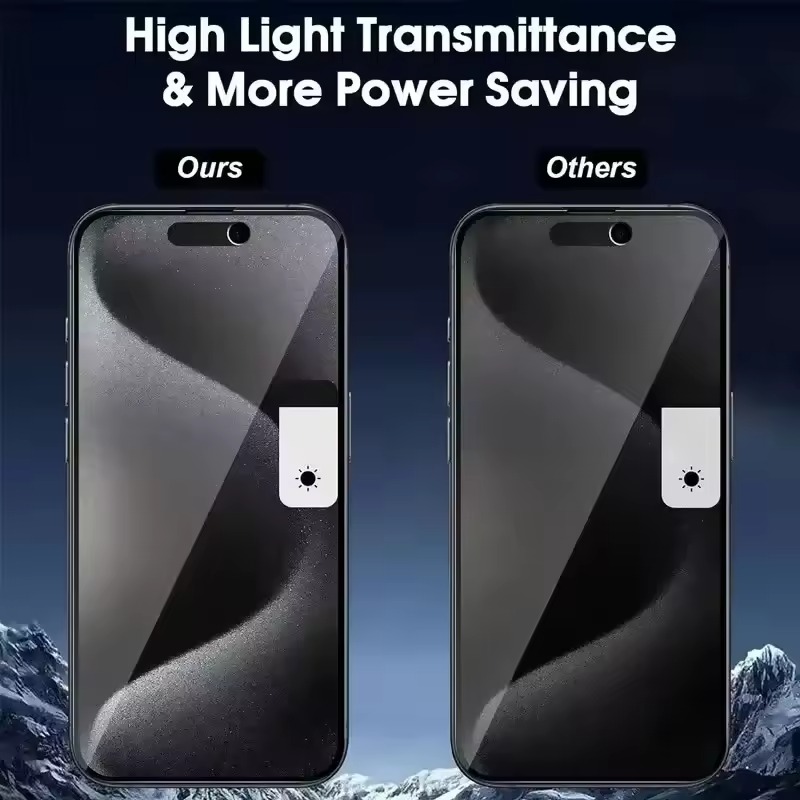
Tips to Avoid Bubble Formation During Installation
Achieving a bubble-free installation of your screen protector begins with the right preparation. Follow these tips to minimize the chance of air pockets forming under your screen protector.
- Ensure a Dust-Free Environment: Before starting, clean your workspace thoroughly. Less dust means fewer chances for air traps.
- Wash Your Hands: Clean your hands with soap to remove oils and dirt. This prevents smudges on your screen protector.
- Use a Microfiber Cloth: After using an alcohol wipe, dry the screen with a microfiber cloth. It picks up any leftover dust and debris.
- Remove Protective Film Slowly: Peel the protector’s film off slowly. Fast removal can cause static, attracting dust.
- Align Carefully: Take your time to align the screen protector correctly before placing it down. Correct alignment prevents the need for adjustments that can cause bubbles.
- Apply Pressure Evenly: When placing the protector, press down in the center and move outward in smooth motions. This avoids trapping air bubbles.
- Use Hinge Method: Apply a piece of tape to one side of the protector as a hinge. This helps with alignment and prevents touching the adhesive side.
- Check as You Go: As you adhere the protector, watch for bubbles. If one appears, lift and reapply that section immediately.
By following these preventative tips, you can help ensure your screen remains free from those pesky bubbles from the get-go. Remember, patience and careful handling are your best tools for a smooth, flawless screen protector installation.
When to Consider Replacing Your Screen Protector
At times, getting air bubbles out of screen protectors can be a challenge. If you’ve attempted all the methods to remove them and still see bubbles, it might be time to consider a replacement. Here are signs that indicate the need for a new screen protector:
- Persistent Bubbles: After multiple attempts, if the bubbles remain, your screen protector may have failed.
- Damaged Edges: If the edges of the screen protector are lifting or peeling, it cannot provide full coverage.
- Cracks or Scratches: Even tiny cracks or scratches can undermine protection and collect dirt, which can lead to more bubbles.
- Weak Adhesion: If the screen protector no longer sticks well to the screen, a secure seal is not possible.
- Discoloration: Yellowing or cloudiness impairs visibility and is often a sign that the material has aged and needs replacing.
- Touch Sensitivity Issues: If you notice a decline in screen responsiveness, the protector may be affecting touch sensitivity.
When purchasing a new screen protector, consider options like advanced materials that promise better durability and adhesion. The PenMat 2, for instance, uses innovative technology to avoid bubble issues and improve the application process for a seamless finish. Investing in a high-quality screen protector can save you from the frustration of dealing with bubbles and ensure your screen stays protected.
Advantages of Advanced Screen Protectors Like PenMat 2
After exploring various ways to get air bubbles out of screen protectors, let’s turn to advancements in technology. Products like PenMat 2 offer enhanced solutions. In comparison to traditional protectors, PenMat 2 boasts several notable benefits:
- Bubble-Free Application: Incorporating Riptide technology, PenMat 2 ensures a smooth, bubble-free application. This means no more frustrating battles with air pockets.
- Paper-Like Texture: Ideal for artists and writers, the PenMat 2 mimics the feel of paper. This feature provides a unique tactile experience that enhances drawing and writing.
- Improved Durability: Made with robust materials, the PenMat 2 stands up to daily wear and tear. It lasts longer and remains clear, protecting your screen effectively.
- Easy Installation: The PenMat 2 is user-friendly, allowing straightforward installation. It fits perfectly and is easy to adjust, reducing the potential for error.
- Clear Instructions: Every PenMat 2 comes with clear step-by-step instructions. This guided installation further minimizes the likelihood of bubble formation.
- Compatibility: Designed to fit the latest iPad models, PenMat 2 accommodates a range of devices. This ensures a precise fit for the best protection.
Opting for an advanced screen protector like PenMat 2 can save time and reduce stress. You’ll achieve a flawless finish with ease, and maintain the integrity of your device’s screen.
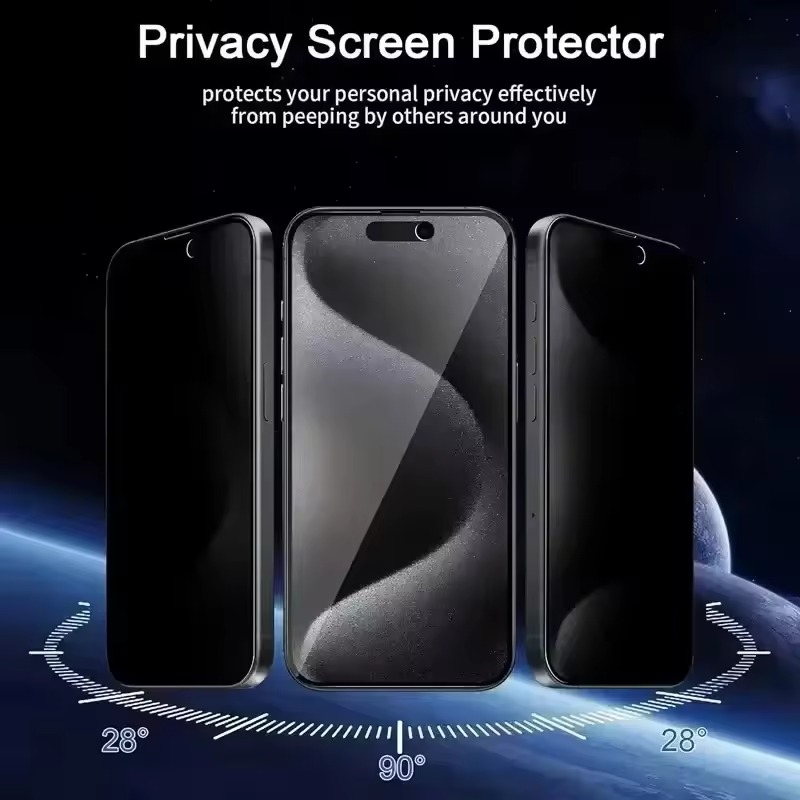
Conclusion: Ensuring a Bubble-Free Screen
To ensure a bubble-free screen protector, remember these tips. Clean your device’s screen carefully, avoid a dusty area, and apply the protector gently. Look for advanced products like PenMat 2 for easier installation. With this guide and the right products, you can keep your screen clear and protected.
